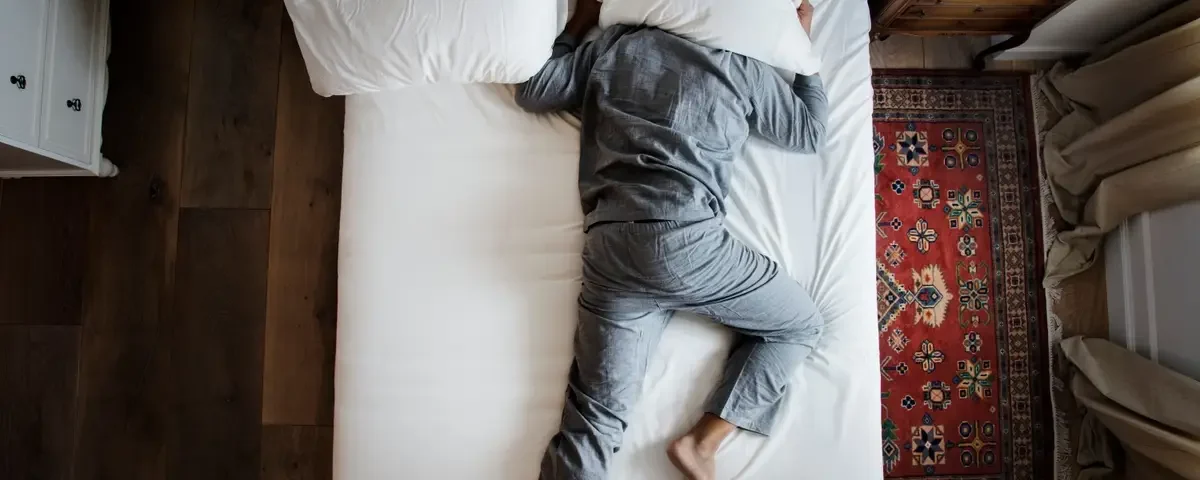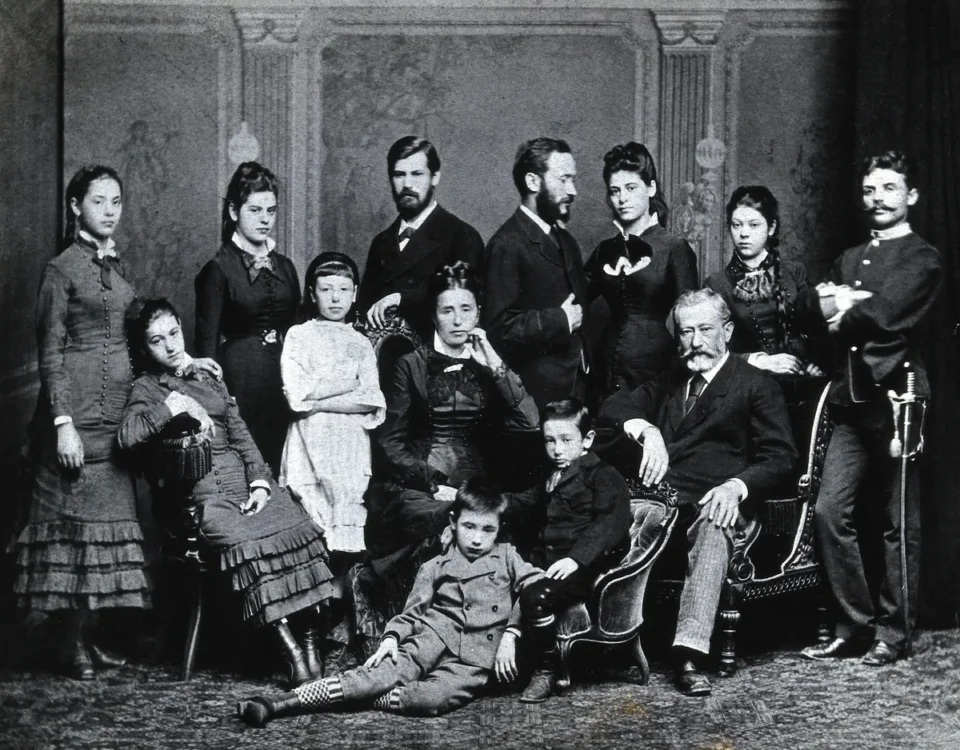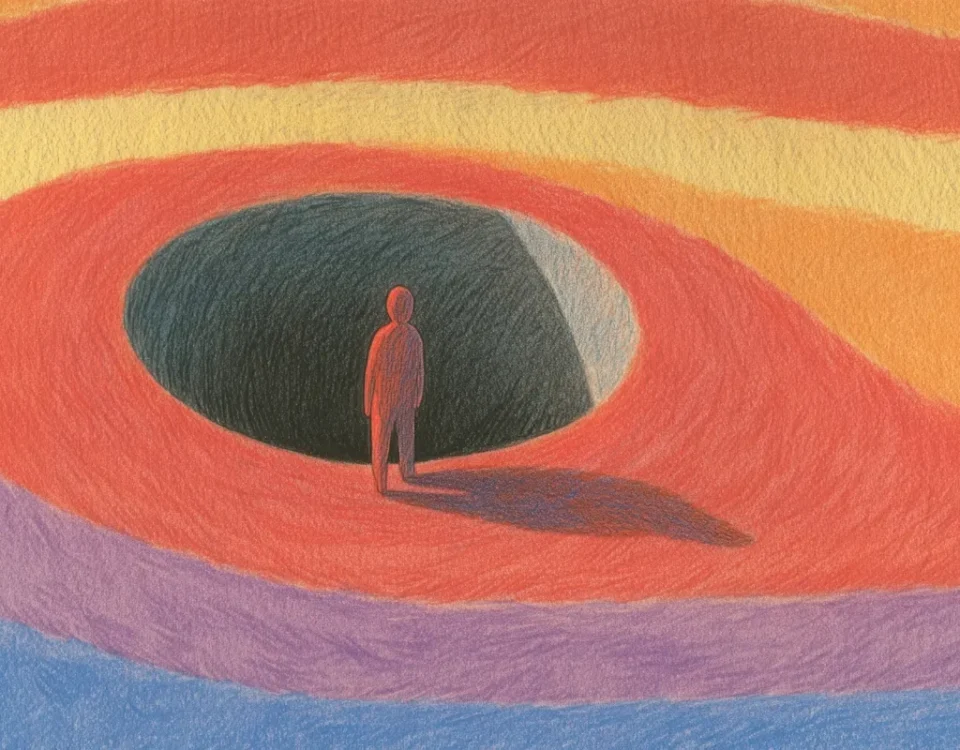
Medical Student’s Ultimate Survival Guide: Conquering Sleep, Stress, and Studies
April 11, 2025
Mastering Stress and Anxiety in Medical School: Your Ultimate Guide
April 11, 2025Summary (TL;DR)
Sleep paralysis, a harmless but frightening phenomenon caused by disrupted REM sleep, can be minimized by improving sleep hygiene and reducing stress. Death anxiety has surged during the COVID-19 pandemic, especially among healthcare workers, but coping strategies like vaccination, understanding mortality statistics, therapy, and hobbies can help.
Achieving work-life balance is vital for medical professionals to prevent burnout; consistent sleep, meditation, efficient study tools like Physeo, and emotional regulation techniques such as DBT are key to long-term well-being.
Introduction
In today’s fast-paced and often unpredictable world, mental health challenges have become increasingly prevalent. From seasonal mood shifts to sleep disturbances, fear of mortality, and the pressures of balancing demanding careers with personal lives, these issues affect millions globally. This article delves into four key areas—Seasonal Affective Disorder (SAD), sleep paralysis, death anxiety during the COVID-19 pandemic, and achieving work-life balance as medical professionals—and provides actionable strategies to navigate them effectively. By combining insights from multiple perspectives, we aim to create a comprehensive resource for understanding and addressing these concerns.
Understanding Seasonal Affective Disorder (SAD)
Definition and Prevalence
Seasonal Affective Disorder (SAD), or seasonal depression, is a major depressive disorder characterized by depression that occurs at specific times of the year. According to the Diagnostic and Statistical Manual of Mental Disorders 5 (DSM-5), SAD is diagnosed when "depression should be present only at a specific time of year (e.g., in the fall or winter) and full remission occurs at a characteristic time of year (e.g., spring)." While most people associate SAD with the winter months, it can occur during any season.
A 2016 study conducted in Groningen, Netherlands, found that the prevalence of SAD ranges between 1% and 10% of the population. In the United States alone, this translates to approximately 30 million individuals who may experience seasonal depression annually.
Causes of SAD
- Changes in the Circadian Rhythm: The body’s internal clock regulates sleep, mood, and other functions. Shorter days and reduced sunlight exposure disrupt this rhythm, leading to significant disruptions in bodily functions.
- Increased Melatonin Levels: Melatonin, a hormone produced by the pineal gland, governs the sleep-wake cycle. Longer nights during winter may cause excessive melatonin production, contributing to fatigue and low energy levels.
- Decreased Serotonin Levels: Reduced sunlight lowers serotonin levels, a neurotransmitter crucial for mood regulation. Lower serotonin levels result in decreased mood and concentration.
Signs and Symptoms
SAD manifests through both physical and psychological symptoms, including persistent sadness, lack of energy, difficulty concentrating, changes in appetite, and hypersomnia or insomnia. If you find yourself experiencing a range of these symptoms every year around the same season, you might be dealing with SAD.
Strategies to Combat SAD
- Seek Professional Help: Consulting a healthcare provider or psychiatrist can offer valuable insights and treatment options, such as therapy or medication.
- Connect with Loved Ones: Social interaction combats isolation. Regularly reach out to friends and family, even virtually.
- Maximize Sunlight Exposure: Spend time outdoors during daylight hours or sit near windows to soak up natural light.
- Light Therapy: Invest in a sun lamp or dawn simulator to supplement natural sunlight. These devices mimic sunlight and can alleviate symptoms within days to weeks of consistent use.
- Exercise Regularly: Physical activity boosts endorphins, improves mood, and counteracts weight gain associated with SAD.
- Stay Warm and Eat Comfort Foods: Layering up and consuming warm meals help maintain body warmth and elevate spirits.
- Maintain a Schedule: Establishing a routine stabilizes sleep patterns and reduces feelings of overwhelm.
- Plan a Vacation: Escaping to warmer climates temporarily alleviates biological triggers of SAD.
- Supplement with Vitamin D: Studies suggest that vitamin D supplementation (≥800 I.U. daily) can aid in managing depression.
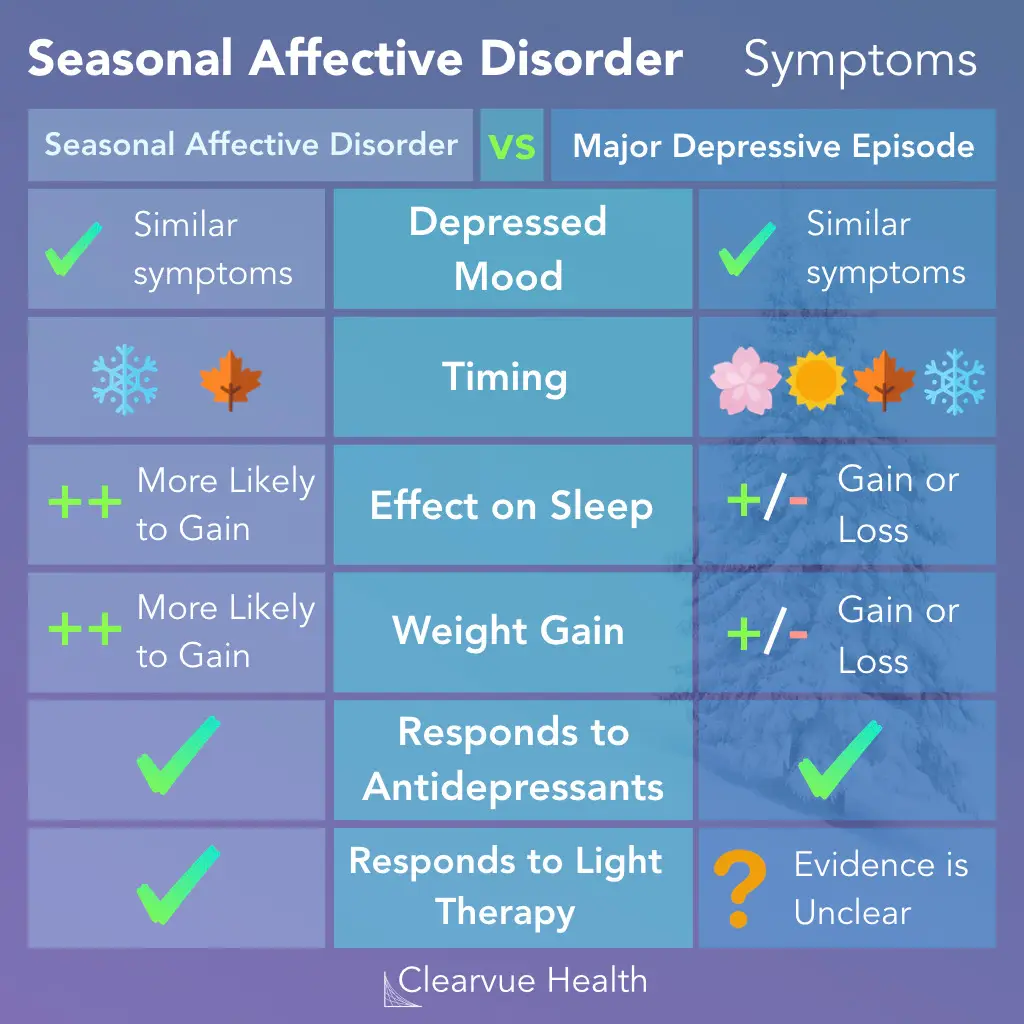
Demystifying Sleep Paralysis: Science Over Superstition
Personal Experience and Cultural Interpretations
Sleep paralysis is a phenomenon where individuals feel conscious yet unable to move, typically occurring during transitions between wakefulness and deep sleep. For many, including myself—a medical student—it has been a recurring nightmare. Across cultures, sleep paralysis is often attributed to supernatural entities: Middle Eastern folklore describes "Jinn," Italian tales mention "The Night Hag," and South African traditions blame "Tokoloshe." However, science offers a rational explanation for this terrifying experience.
Biological Mechanisms Behind Sleep Paralysis
During rapid eye movement (REM) sleep, vivid dreams occur alongside temporary muscle paralysis to prevent acting out dream scenarios. Sleep paralysis happens when an individual becomes aware during REM but remains physically immobilized. This overlap creates hallucinations categorized into three types:
- Intruder Hallucinations: Sensations of a threatening presence nearby, accompanied by visual, auditory, and tactile experiences.
- Incubus Hallucinations: Feelings of breathlessness, chest pressure, choking, and suffocation.
- Vestibular-Motor Hallucinations: Out-of-body sensations like floating or flying, often described as blissful.
Neurologically, the amygdala's activation during REM induces a hypervigilant state, perceiving threats even without external stimuli. Additionally, shallow breathing during REM exacerbates sensations of suffocation due to restricted airways and muscle relaxation.
Is Sleep Paralysis Dangerous?
Despite its alarming nature, sleep paralysis is harmless. Breathing continues irregularly but does not stop entirely. It is linked to conditions such as narcolepsy, anxiety disorders, and insomnia, and can be triggered by disrupted sleep patterns, high stress, or sleeping on the back.
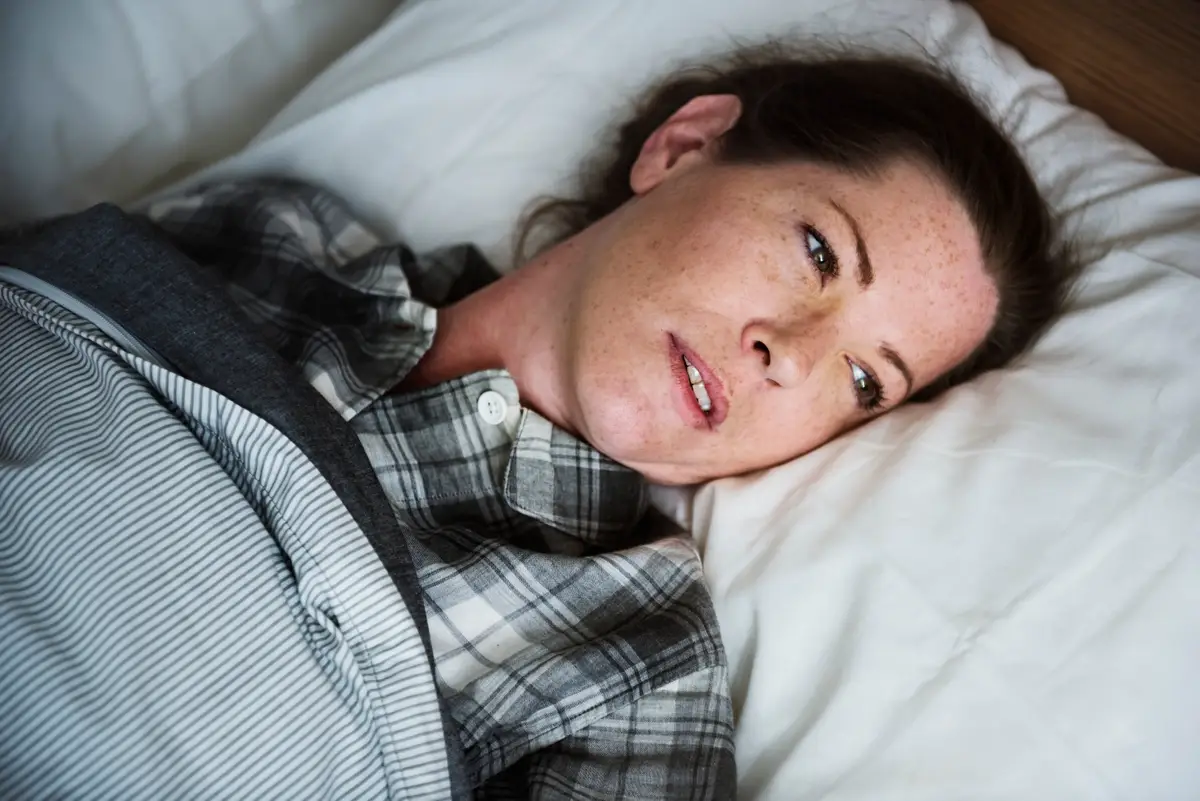
Managing Sleep Paralysis
- Correct your sleep schedule and prioritize adequate rest.
- Reduce stress through self-care or therapy.
- Avoid sleeping on your back; side-sleeping decreases episodes.
- Limit daytime naps to preserve nighttime sleep quality.
- Address underlying mental health issues.
- Consult a sleep specialist to rule out conditions like narcolepsy.
Practicing good sleep hygiene—maintaining a stable sleep schedule, keeping your room comfortable, avoiding electronics before bed, and using aromatherapy—can also mitigate the terror associated with sleep paralysis over time.
Calming Death Anxiety During the COVID-19 Pandemic
Confronting Mortality
The COVID-19 pandemic has forced humanity to confront its mortality head-on. Defined as "the fear of, anticipation, and awareness of death and dying," death anxiety has surged amid global uncertainty. As medical students and healthcare workers, we face unique risks, further amplifying this fear. With over 17,000 healthcare workers succumbing to the virus in the U.S. alone, the stakes are undeniably high.
Coping Strategies
- Take Necessary Precautions: Equip yourself with protective gear and adhere to safety protocols. Double masking or tightly fitted single masks can reduce transmission by up to 96.4%.
- Isolate Yourself from Family Members: Minimize exposure risks to loved ones by maintaining distance after potential exposure to infected patients.
- Get Vaccinated: Vaccines have proven highly effective against severe illness and death. Countries like the UK demonstrate their efficacy, with daily cases plummeting post-vaccination.
- Understand Death Statistics: For adults under 30, the risk of dying from COVID is less than 0.1%, significantly lower than other everyday risks like car accidents.
- Seek Therapy: Professional counseling addresses emerging psychiatric illnesses, such as PTSD, which affects nearly 17% of nurses exposed to the virus.
- Pursue Hobbies: Rediscover old passions or explore new skills to channel pent-up energy positively.
- Cherish the Present: Focus on gratitude for small joys and connections rather than dwelling on uncertainties about the future.
Achieving Work-Life Balance as Medical Professionals
The Paradox of Healing Others While Neglecting Ourselves
As aspiring doctors, we strive to heal others yet often neglect our own well-being. My father, a pediatrician, exemplifies this paradox. After dedicating decades to his practice, he now battles coronary artery disease and type 2 diabetes, leaving little room for meaningful relationships. Witnessing his struggles inspired me to seek balance early in my career.
Practical Tips for Balance
- Establish a Consistent Sleep Schedule: Prioritize regular sleep patterns to enhance productivity and overall health.
- Practice Meditation: Meditation separates you from overwhelming thoughts and emotions, fostering emotional stability.
- Prioritize Smart Work Over Hard Work: Utilize efficient study methods, such as Physeo videos and Anki flashcards, to optimize learning and free up personal time.
- Learn Basic DBT Skills: Dialectical Behavioral Therapy equips you with tools to regulate emotions and maintain inner equilibrium.
Embracing Imperfection
It’s essential to remember that perfection is unattainable. Allow yourself grace and patience as you implement these changes gradually. You deserve peace, and nurturing your well-being ensures you remain capable of helping others.
Conclusion
Navigating mental health challenges requires awareness, resilience, and actionable strategies. Whether combating seasonal depression, demystifying sleep paralysis, calming death anxiety, or striving for work-life balance, each step brings us closer to holistic well-being. Let us embrace these tools and support one another in creating healthier, happier lives.

Topic FAQs
Take Your Medical Education to the Next Level with Physeo
Whether you're preparing for Step 1, Step 2, or striving to become a more confident and compassionate physician, Physeo is here to support your journey. Our resources are designed to help you master complex concepts, stay motivated, and achieve your goals.
📚 Unlock Premium Study Tools
Dive into our comprehensive video lessons, image mnemonics, and proven study plans tailored for success. Check out Our Plans to explore subscription options and find the perfect plan for your needs.
💡 Stay Inspired with Our Blog
Looking for tips on excelling in medical school, overcoming burnout, or balancing life as a student or professional? Check out our Blog. It’s your go-to resource for actionable advice and stories from fellow medical students and professionals.
📺 Boost Your Learning with Our YouTube Channel
Prefer learning through videos? Subscribe to our YouTube channel for free tutorials, step-by-step explanations, and expert insights to help you ace your exams and thrive in your medical career.
📱 Connect with Us on Social Media
Stay updated, inspired, and connected with Physeo across our social media platforms:
- Instagram: Follow us on Instagram for daily motivation, study tips, and behind-the-scenes content.
- Facebook: Join our community Here for updates, discussions, and support.
- LinkedIn: Connect with us professionally at LinkedIn for industry insights, career advice, and networking opportunities.
🚀 Ready to Excel?
Invest in yourself and your future patients by joining the Physeo community today. Let’s work together to create a generation of healthcare providers who lead with knowledge and compassion.
Start Your Journey NowAuthor
Noon Hagmusa and Abu Huraira Khan
Content Creators
Latest articles
Our newsletter
- Work-Life Balance
- USMLE Prep
- Study Tools
- Stress Management
- Spaced Repetition
- Residency Applications
- Physeo
- Personal Growth
- Pathology Education
- OB/GYN Specialty
- Nutrition
- Neuroscience
- Mental Health
- Medical School Tips
- Healthcare Innovation
- Global Health
- Fitness & Wellness
- Faith & Medicine
- Doctor-Patient Relationships
- Creativity in Science
- Career Planning
- Anatomy Mastery

